William Thomson to Faraday 3 December 1859
2 College Glasgow | Dec 3, 1859
My dear Faraday
I have got myself into great trouble with my experiment on zinc and copper. I cannot understand the condition of the air between the ends of a compound zinc-copper arc with no liquid.
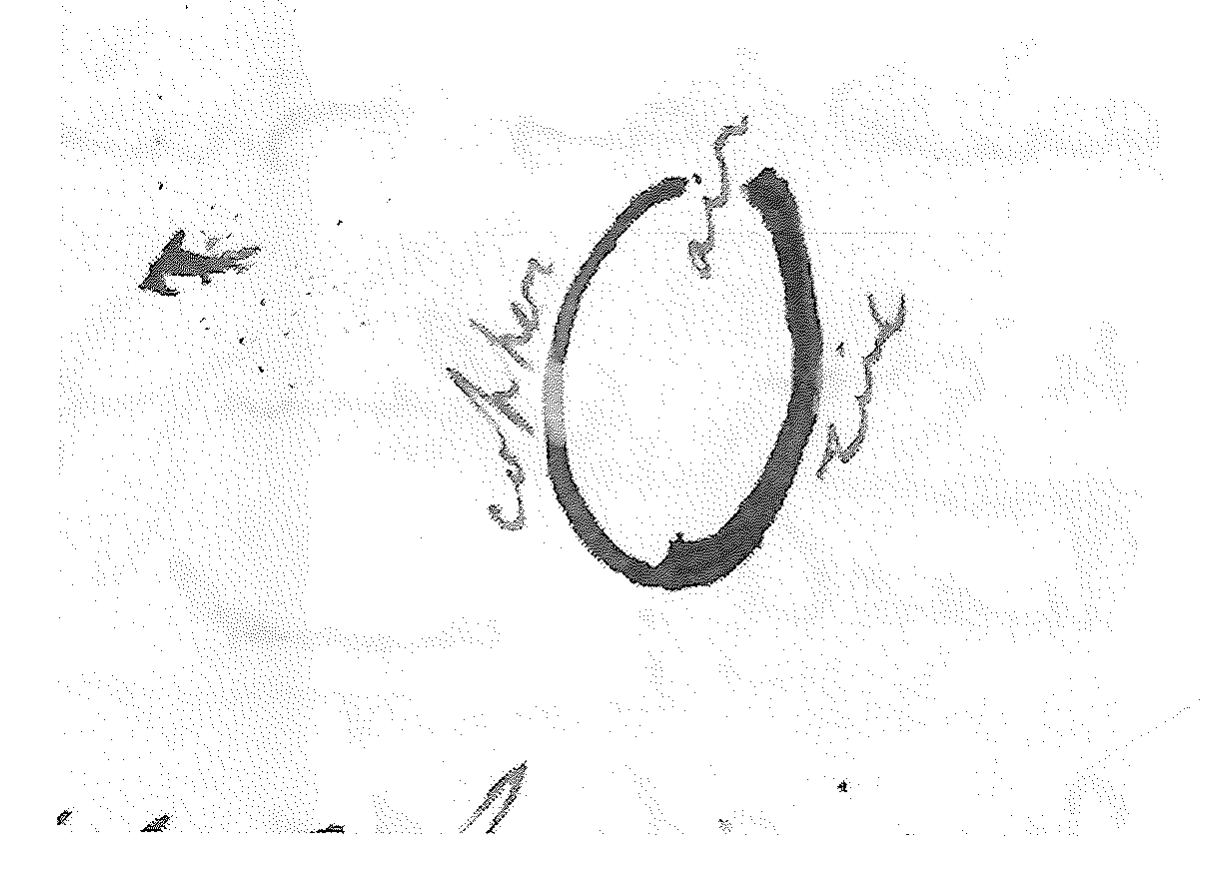 A positively electrified body placed mid way between them will certainly experience a force towards the copper: and a negatively elecd. body towards the zinc. This is proved, beyond all doubt I now think, by the experiment which my assistant Mr. Macfarlane described to you a fortnight ago1. I have repeated it today with great variation in the amount of electrification of the aluminium index, and have found the result confirmed. I have had the index going 10º or 15º on one side of its zero posn. when electrified positively and as many on the other side when electrified negatively; and I have had much smaller effects shown with feebler electrifications immediately after very strong electrifns. of either kind had been applied to the index in various positions, which convinced me that the results could not be explained away by disturbing influences owing to electrifns acquired by imperfectly conducting matter. I have not yet taken the most thorough plan to screen off electric influence from the glass lid of the case, but I mean to do it immediately tho’ I cannot now doubt what the result will be.
A positively electrified body placed mid way between them will certainly experience a force towards the copper: and a negatively elecd. body towards the zinc. This is proved, beyond all doubt I now think, by the experiment which my assistant Mr. Macfarlane described to you a fortnight ago1. I have repeated it today with great variation in the amount of electrification of the aluminium index, and have found the result confirmed. I have had the index going 10º or 15º on one side of its zero posn. when electrified positively and as many on the other side when electrified negatively; and I have had much smaller effects shown with feebler electrifications immediately after very strong electrifns. of either kind had been applied to the index in various positions, which convinced me that the results could not be explained away by disturbing influences owing to electrifns acquired by imperfectly conducting matter. I have not yet taken the most thorough plan to screen off electric influence from the glass lid of the case, but I mean to do it immediately tho’ I cannot now doubt what the result will be.
We may infer that
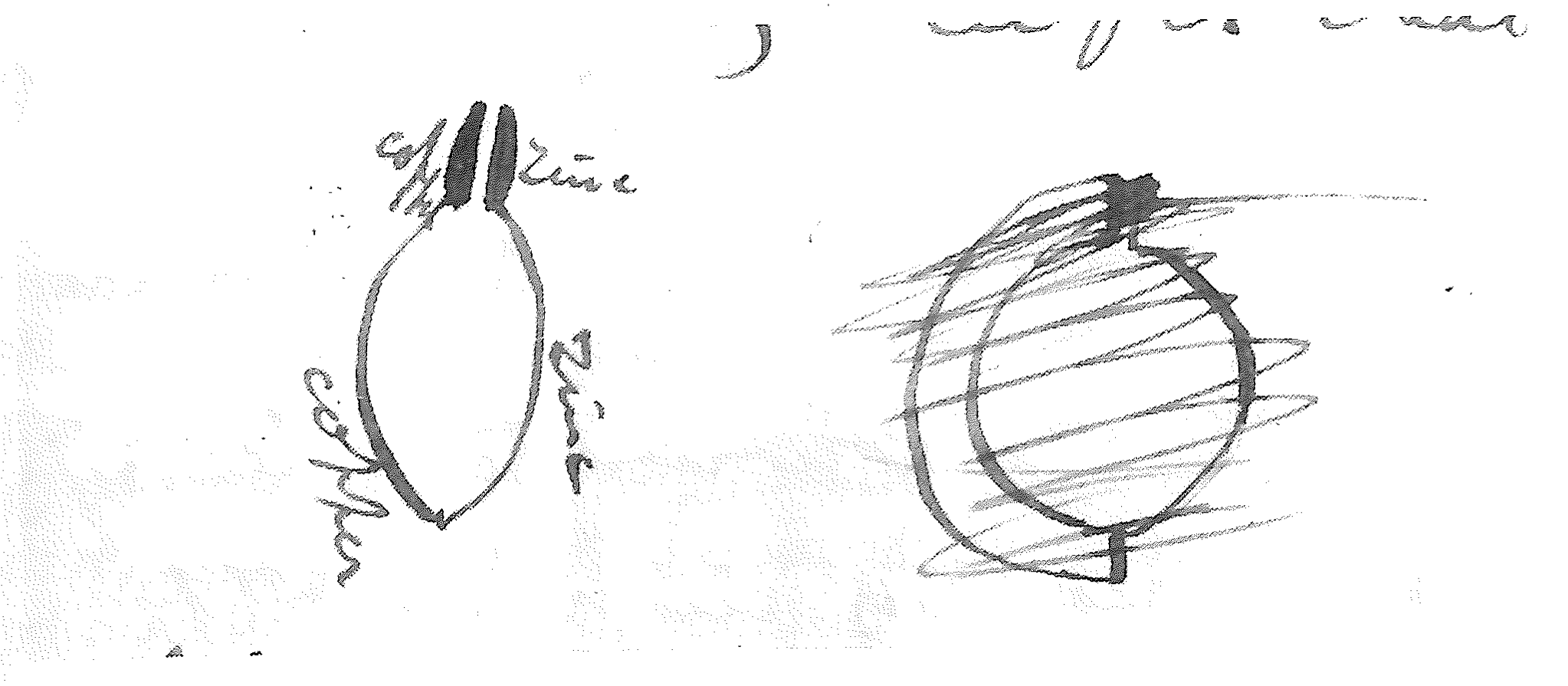 opposed areas of zinc & copper if there be metallic contact in any arc between them will be oppositely electrified, the zinc pos. the cop[p]er neg and that they attract one another. The simplest view to be taken of the subject is that the chemical affinity between the zinc and the copper acts at a distance. It would appear from this that if small pices of zinc and copper, in thin sheets are put together by simple contact, a portion of their chemical affinity is satisfied: and less heat of combination will be evolved if certain quantities of zinc & copper thus previously approximated, are melted together, then if equal quantities in large masses are allowed to run together in melting. This difference would in all probability be quite undiscoverable by direct experiment.
opposed areas of zinc & copper if there be metallic contact in any arc between them will be oppositely electrified, the zinc pos. the cop[p]er neg and that they attract one another. The simplest view to be taken of the subject is that the chemical affinity between the zinc and the copper acts at a distance. It would appear from this that if small pices of zinc and copper, in thin sheets are put together by simple contact, a portion of their chemical affinity is satisfied: and less heat of combination will be evolved if certain quantities of zinc & copper thus previously approximated, are melted together, then if equal quantities in large masses are allowed to run together in melting. This difference would in all probability be quite undiscoverable by direct experiment.
My difficulty is to understand the condition of the air between surfaces of zinc & copper
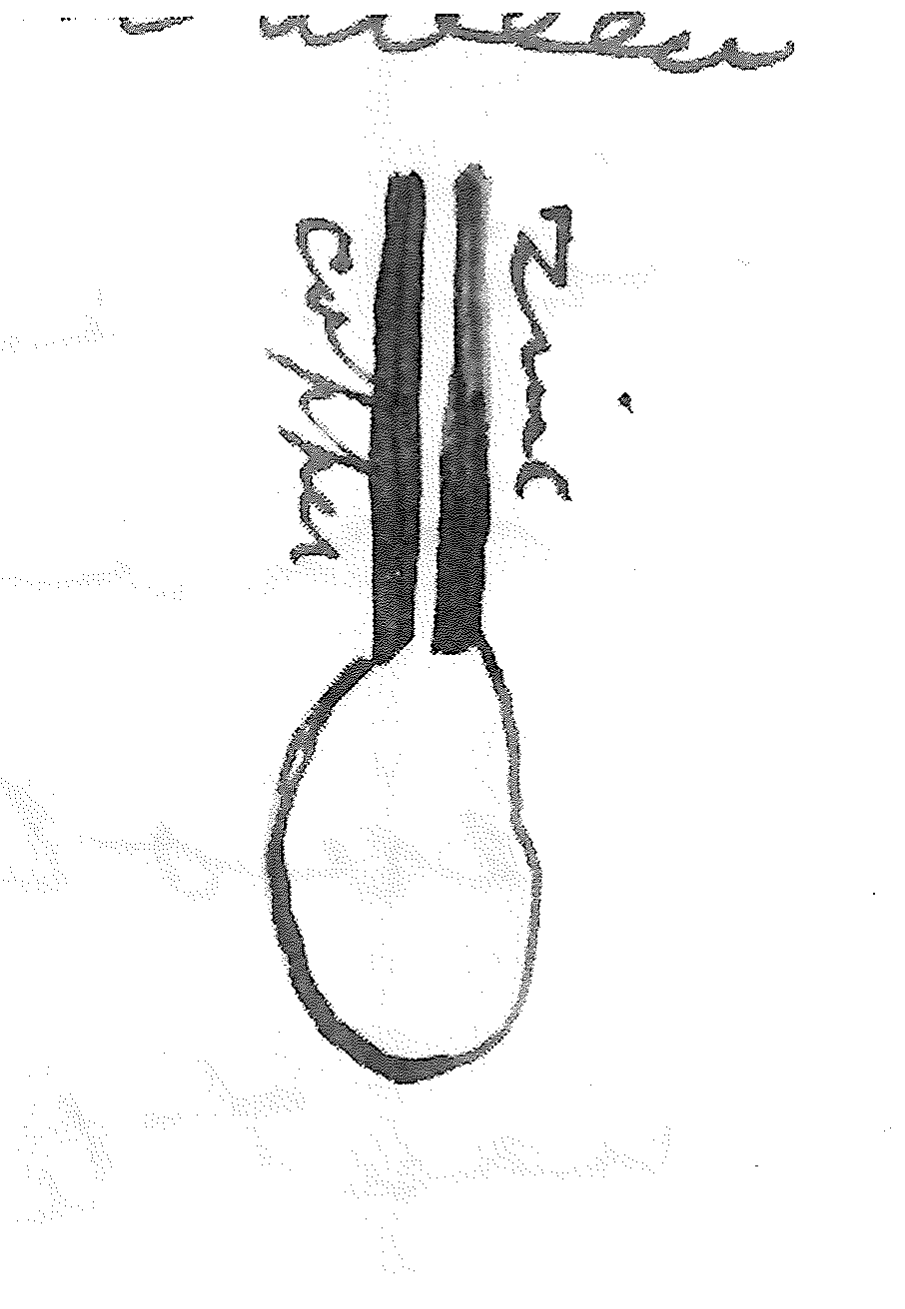 gradually approaching one another. When they are very near, at 1/1000 or 1/1000000 of an inch, the force in the air between them considered mainly in reference to the air might be supposed to tend to produce a disruptive effect. Yet no spark could pass, because as the surfaces come nearer & nearer one another they acquire in a perfectly gradual manner the relative condition in which they are satisfied to remain after contact. We have therefore force in the air as shown by the motions which it produces in electrified bodies, without any disruptive tension; which is contrary to what we might from previous knowledge expect. It seems as if the true explanation must be that the disruptive tendency proceeds from the roots of the lines of force on the opposed surfaces, and that in the present instance the electric relation between the metals and intervening air is such that we have electrification of each surface without any disruptive action.
gradually approaching one another. When they are very near, at 1/1000 or 1/1000000 of an inch, the force in the air between them considered mainly in reference to the air might be supposed to tend to produce a disruptive effect. Yet no spark could pass, because as the surfaces come nearer & nearer one another they acquire in a perfectly gradual manner the relative condition in which they are satisfied to remain after contact. We have therefore force in the air as shown by the motions which it produces in electrified bodies, without any disruptive tension; which is contrary to what we might from previous knowledge expect. It seems as if the true explanation must be that the disruptive tendency proceeds from the roots of the lines of force on the opposed surfaces, and that in the present instance the electric relation between the metals and intervening air is such that we have electrification of each surface without any disruptive action.
That there is electrifn. of the opposed surfaces
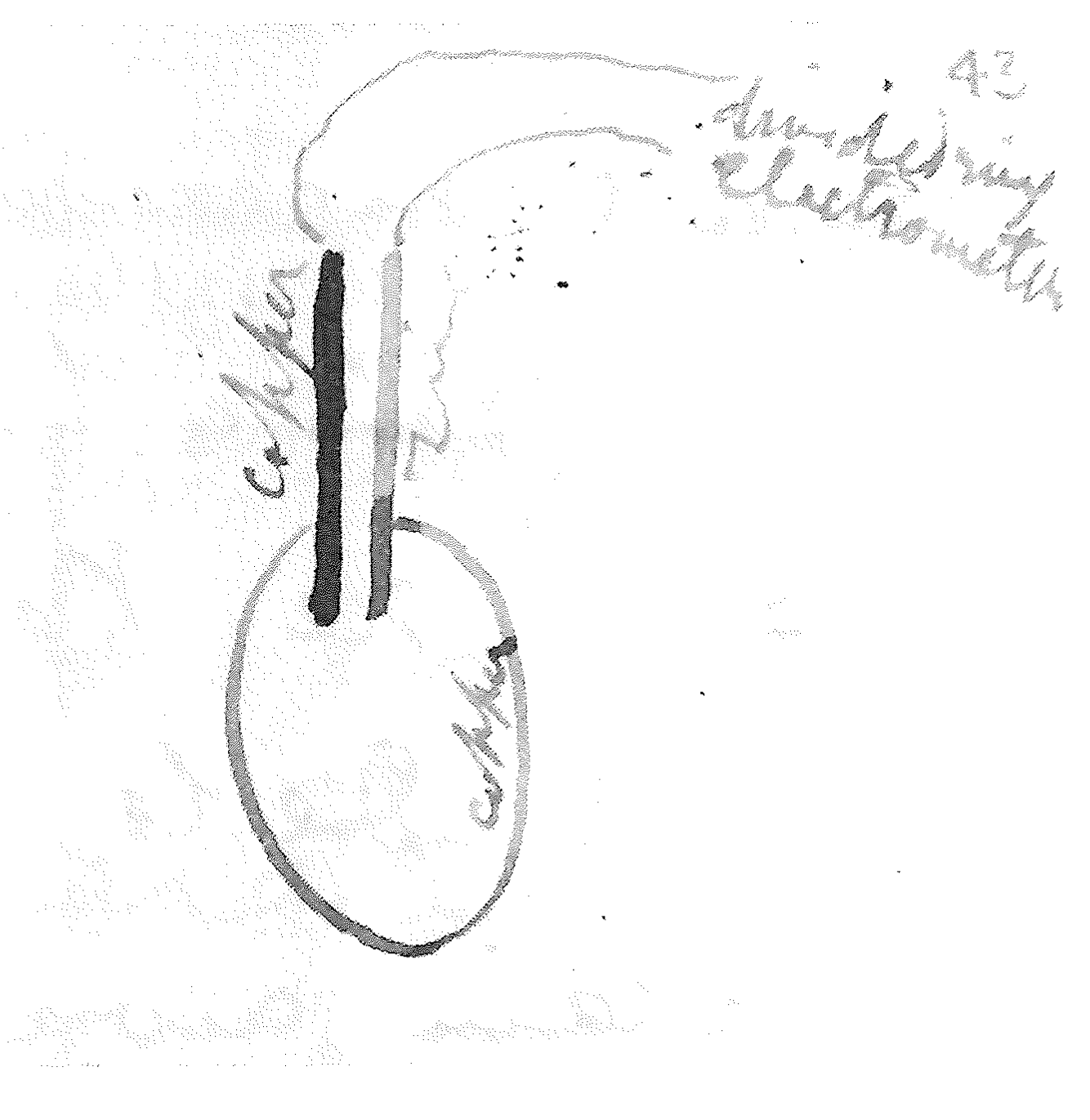 is merely Volta’s experiment, which I have repeated in a considerable variety of ways, finding consistent results. For instance holding the discs at distances from 1/10 to ¼ or ½ an inch, one or both insulated: touching the copper by a copper wire attached to the zinc: separating it copper from copper: and then increasing the distance between the discs gives a very decided indication (zinc positive) on the divided zinc electrometer. The same experiment succeeds perfectly with both zinc & copper thickly varnished, wh. I see Volta himself found. De la Rive tries to explain away this by moisture in cracks in the varnish. If there were any such, sufficient to produce every visible effect, they would diminish or reverse Volta’s result. Thus I find that if a drop of water be put on one of the plates and
is merely Volta’s experiment, which I have repeated in a considerable variety of ways, finding consistent results. For instance holding the discs at distances from 1/10 to ¼ or ½ an inch, one or both insulated: touching the copper by a copper wire attached to the zinc: separating it copper from copper: and then increasing the distance between the discs gives a very decided indication (zinc positive) on the divided zinc electrometer. The same experiment succeeds perfectly with both zinc & copper thickly varnished, wh. I see Volta himself found. De la Rive tries to explain away this by moisture in cracks in the varnish. If there were any such, sufficient to produce every visible effect, they would diminish or reverse Volta’s result. Thus I find that if a drop of water be put on one of the plates and
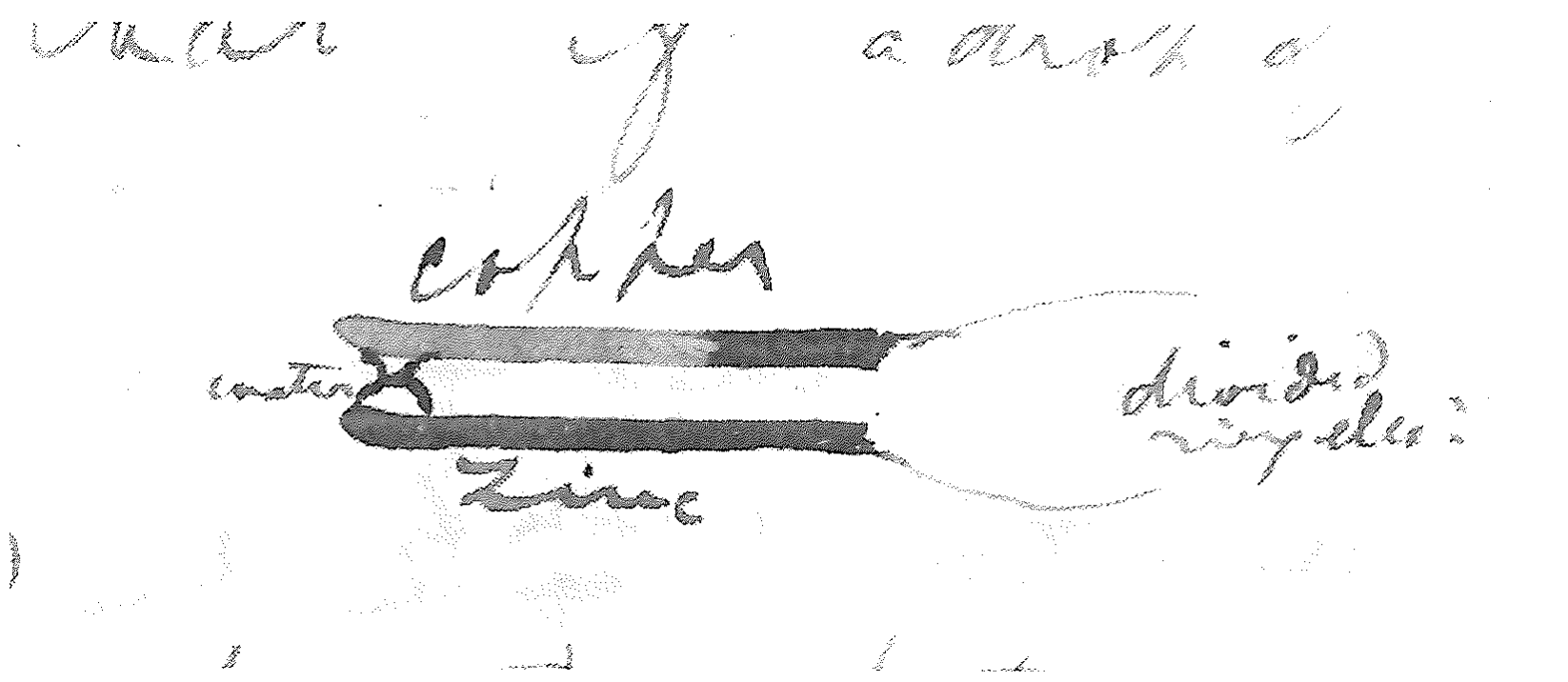 if the last separation between them be water from water, the electrometer shows zinc negative, copper positive, after the separation. This is an extraordinary result at least it was to me unexpected. I expected that the electrometer would show nothing, believing that the electrolytic conductive polarisation of the water would keep the copper & zinc in the state in which their direct Volta-electrifications would be exactly annulled. It seems that the electrolytic action preponderates over the pure copper-air-zinc effect.
if the last separation between them be water from water, the electrometer shows zinc negative, copper positive, after the separation. This is an extraordinary result at least it was to me unexpected. I expected that the electrometer would show nothing, believing that the electrolytic conductive polarisation of the water would keep the copper & zinc in the state in which their direct Volta-electrifications would be exactly annulled. It seems that the electrolytic action preponderates over the pure copper-air-zinc effect.
If the whole surfaces of the two discs are wet, or lined with wet paper, the effect on separation is insensible: as it is also if a zinc disc be lifted out of water contained in a copper vessel whether it be lifted out very horizontally & slowly till a drop breaks away from one point, or drawn away in an inclined position
I have not yet tried the Volta expt. under naphtha2, but I shall do so immediately and I have no doubt it will give the ordinary air result.
I hoped to have been able to tell you of a self acting condenser
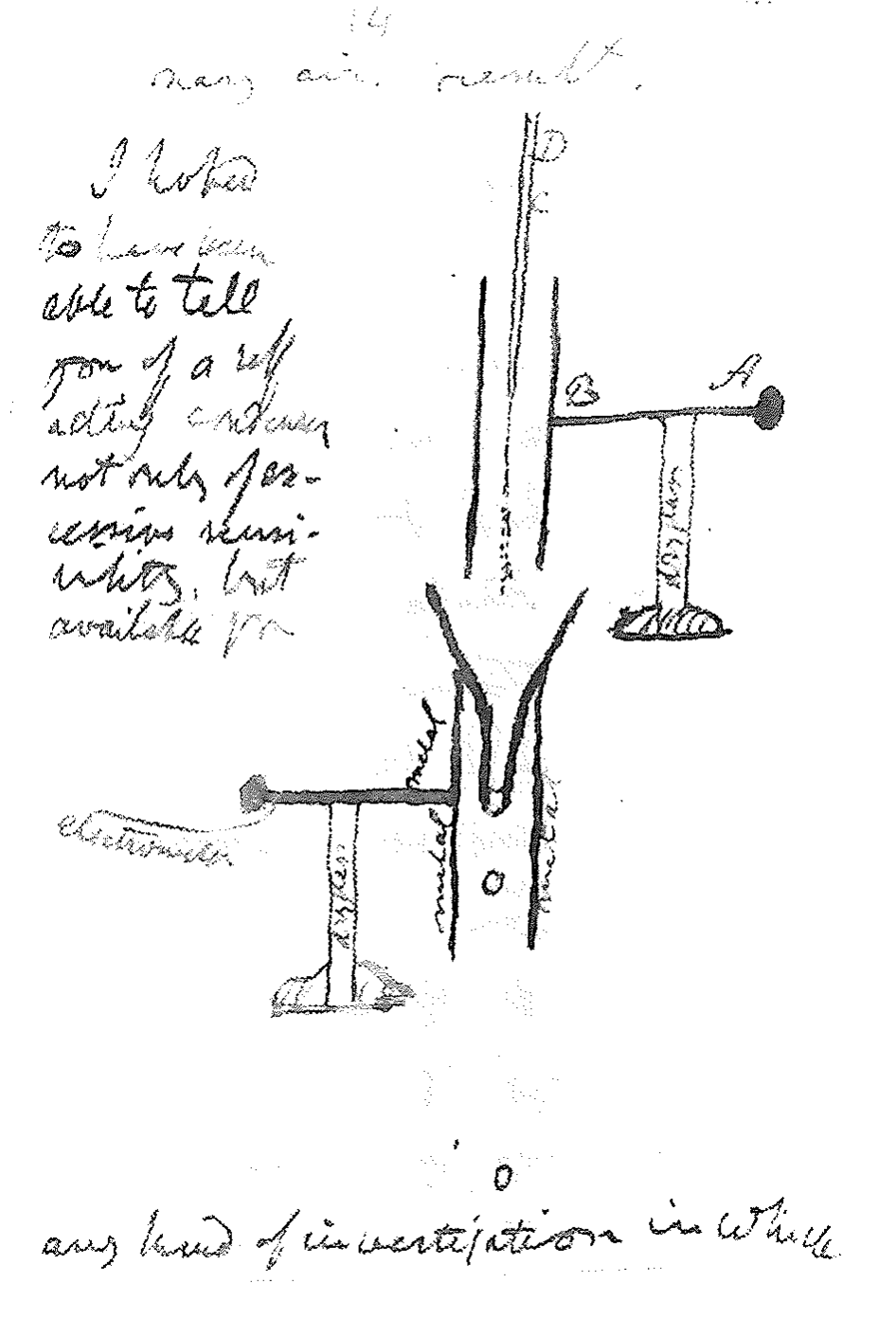 not only of excessive sensitivity, but available for any kind of investigation in which very small quantities of electricity are looked for. It is (represented by the preceding sketch) merely an insulated metal funnel discharging in large drops, water which it collects as spray falling from a stream discharging from a cistern in any convenient position, through a fine aperture in a tapering tube of metal (brass I have at present): the jet of water being surrounded where it breaks & for a considerable distance above and below by an insulated tube of the same metal as the nozzle. My trial apparatus has certainly great sensitivity & shows beautiful condensing action. Thus if I lay a little piece of rubbed sealing wax or glass on the insulated area AB which carries the brass tube, the electrometer shows very strong positive: so much so that a succession of sparks pass at very regular intervals (a second of time for instance, or more) and will continue to pass for hours between the insulated and the uninsulated half rings, which are about 1/20 inch apart. But the apparatus is so liable to disturbance from what I suppose is to be called (after Ritter3) “polarisation”, that after a positive charge has been left for a little time on AB the electrometer will show negative for a long time after[.] AB is connected with CD by a wire; and the reverse for a long time after AB has been negatively charged. I have found no material difference in this respect when the inside of the tube round the jet is lined with paper, which is sometimes kept washed and stopping by strong spray and some times is not.
not only of excessive sensitivity, but available for any kind of investigation in which very small quantities of electricity are looked for. It is (represented by the preceding sketch) merely an insulated metal funnel discharging in large drops, water which it collects as spray falling from a stream discharging from a cistern in any convenient position, through a fine aperture in a tapering tube of metal (brass I have at present): the jet of water being surrounded where it breaks & for a considerable distance above and below by an insulated tube of the same metal as the nozzle. My trial apparatus has certainly great sensitivity & shows beautiful condensing action. Thus if I lay a little piece of rubbed sealing wax or glass on the insulated area AB which carries the brass tube, the electrometer shows very strong positive: so much so that a succession of sparks pass at very regular intervals (a second of time for instance, or more) and will continue to pass for hours between the insulated and the uninsulated half rings, which are about 1/20 inch apart. But the apparatus is so liable to disturbance from what I suppose is to be called (after Ritter3) “polarisation”, that after a positive charge has been left for a little time on AB the electrometer will show negative for a long time after[.] AB is connected with CD by a wire; and the reverse for a long time after AB has been negatively charged. I have found no material difference in this respect when the inside of the tube round the jet is lined with paper, which is sometimes kept washed and stopping by strong spray and some times is not.
I am going to try tin instead of brass as I find the brass of the nozzle & if the tubes not to a [word illegible] electrically. An iron nozzle I find was neutral to the brass tube I have. Pardon me for this long communication of difficulties.
Yours always truly W. Thomson
Please cite as “Faraday3690,” in Ɛpsilon: The Michael Faraday Collection accessed on 4 May 2024, https://epsilon.ac.uk/view/faraday/letters/Faraday3690